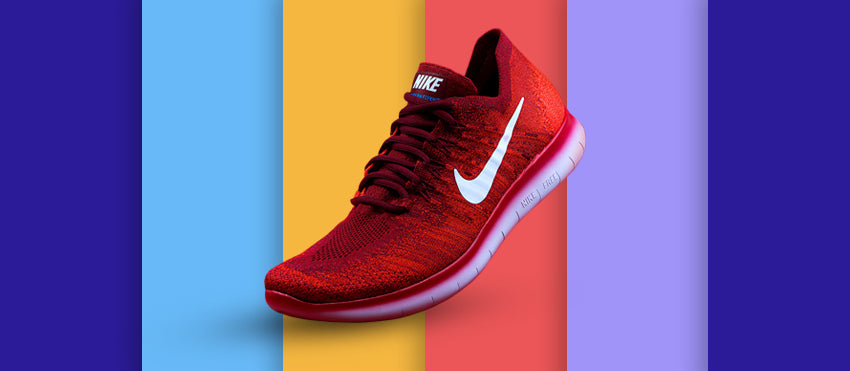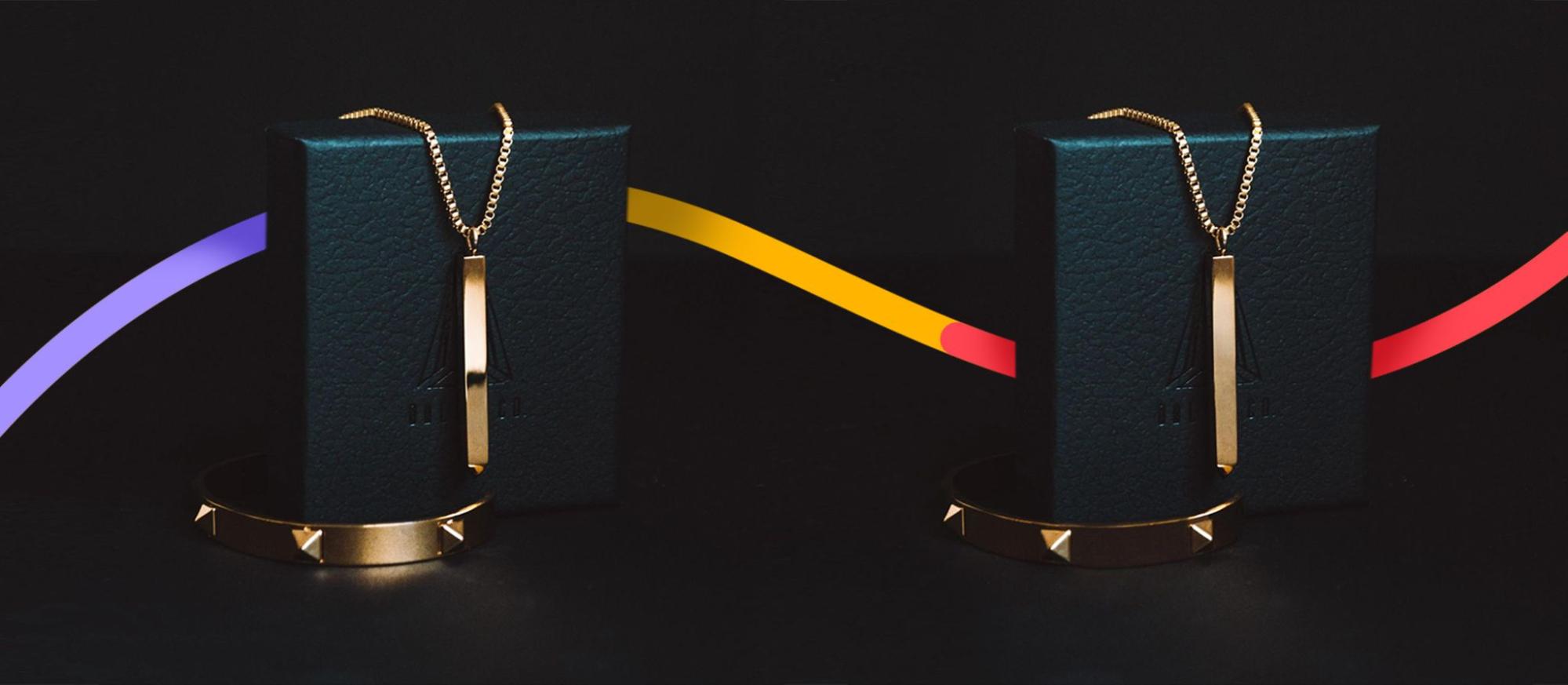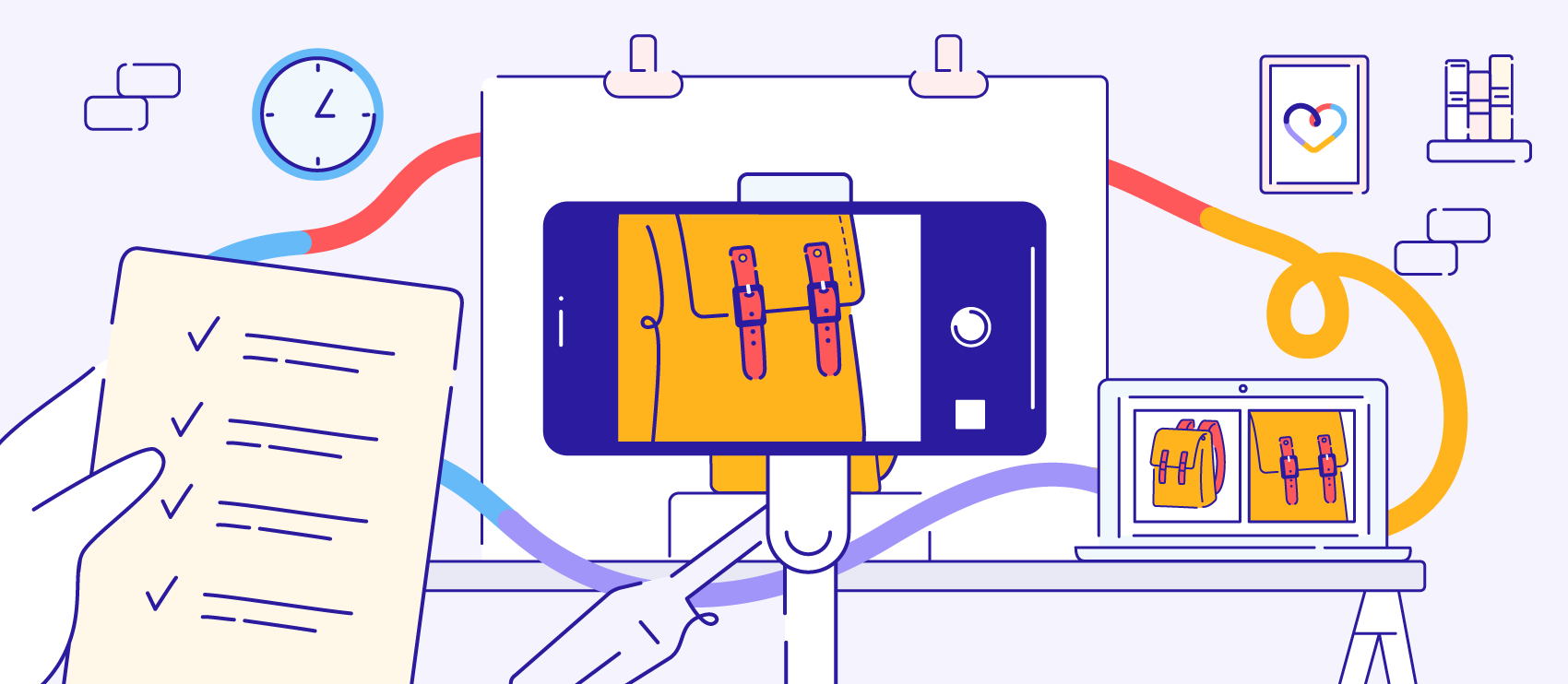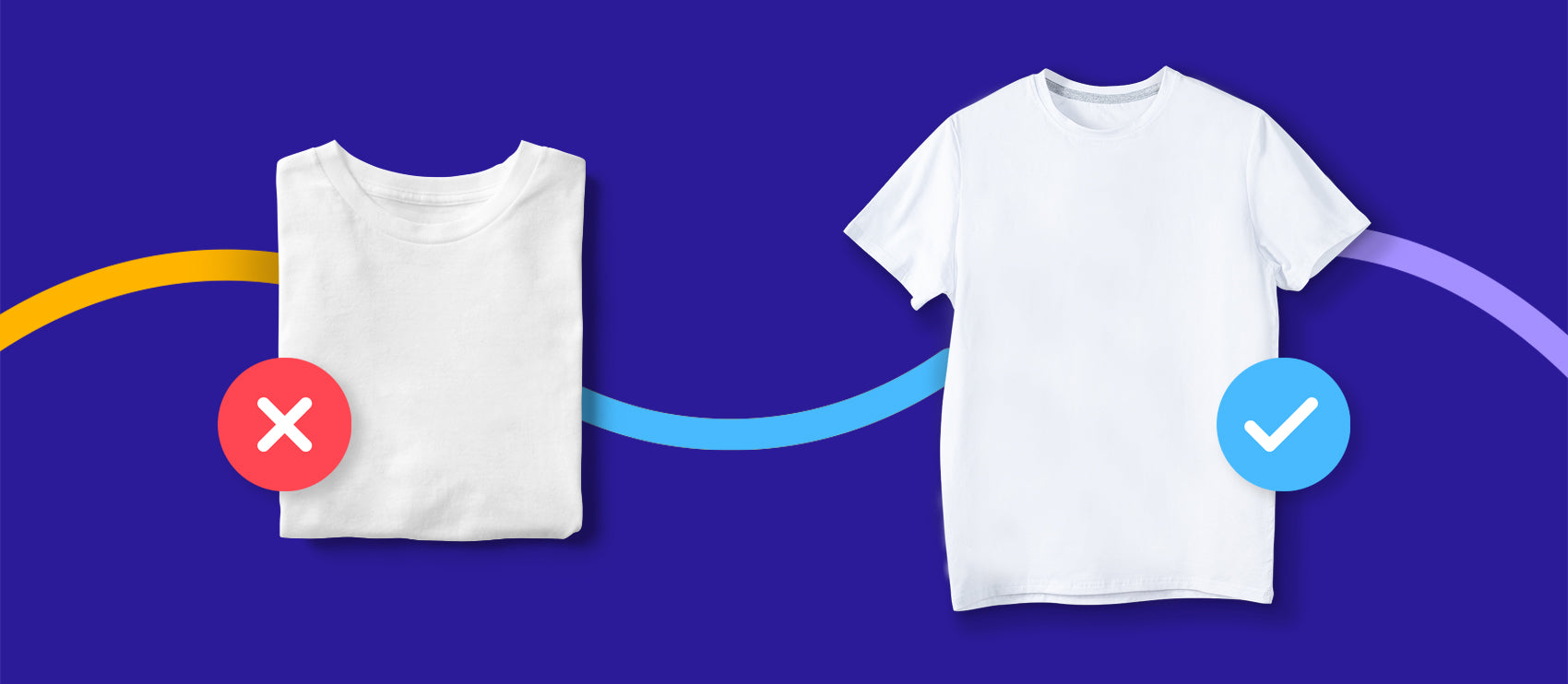As a growing ecommerce retailer, you know all the hard work that goes into optimizing your site for sales. From writing compelling product descriptions to finding new products to add to your inventory, there are many moving parts to manage when growing your ecommerce business.
Receive free ecommerce & product photography tips
One crucial component to driving ecommerce sales is compelling visuals. One report shows that not only do images capture a shopper’s attention, but they can also help with turning browsers into buyers. The data shows that 78% of online shoppers want products to be brought to life with images, and the same amount want to see more images from ecommerce sites.
You may take product photos yourself or rely on the services of a freelance photographer to populate your product pages. But when your business hits a certain threshold, it might make more sense to create your own internal photography department.
But how do you know when you’ve reached that point in your biz? After some due diligence, we’ve rounded up the pros and cons of creating an internal product photography department and how to get started.
Pros of a Full-Time Product Photographer
Consistent Access to a Photographer
As you scale your ecommerce business, you’ll likely find yourself in need of a commercial photographer more often. As you debut new products, regularly update your website, and amp up your social media posting efforts, both the quantity and quality of your images will need to increase.
One major pro of having an in-house photographer or department is that you have ongoing access to those creative skills. Have an idea for a great Instagram post or need to update the photos for a new product? Your product photographer or team is there to help.
While freelance photographers tend to be flexible with their time and bookings, hiring an external creative comes with the risk that they’re unavailable, or extremely expensive, for your project.
Consistent and Reliable Quality of Work
Another advantage of having in-house product photography is that you can expect a certain quality of work. When you work with the same photographer or team over a period of time, you know their creative process and come to understand what to expect from their work.
Some brands work with a roster of freelance photographers, which is one way to strategically outsource work. But when you work with several photographers, the level of quality can vary. This creates disjointed visual branding, and in some cases, you may need a re-shoot — which requires more time and money.
Outsource strategically to save time and make more money in your ecommerce business >
When you hire an in-house photographer, it’s easier to provide in-depth direction and ensure all photos follow brand guidelines. Plus, those photographers will have a chance to get to know your brand, inside and out. At some point, your photographers may even develop into a role where they’re leading your brand’s visual identity across the board.
For an example of well-thought-out, photography brand guidelines, check out Urban Outfitter’s “Photography Methodology.”
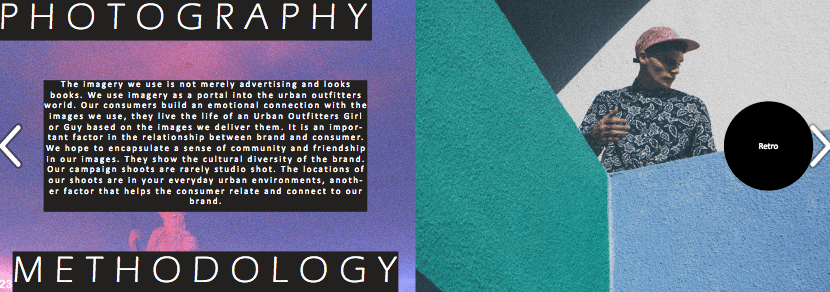
Image: Isuu.com
You Own All the Images
When you rely on an in-house photographer or creative team for your product photos, you own the rights to those images. Typically as part of the terms of their full-time employment, internal photographers forfeit the rights of all the images they take or create as your employee.
On the flip side of this equation, when a freelance photographer snaps a photo, they often own the rights to that image. When you pay an hourly rate or purchase an individual image, you’re buying limited rights to those images.
Pro tip: Make sure the terms outlining the use, who can use the photos — and for how long — are highlighted in every contract you have with your freelance photographers. SLR Lounge offers a customizable template for photographers and businesses to use in these cases.
Owning all the rights to your images is particularly beneficial for building a robust image repository for your business. Down the road, if you need a resized product image for your website or for marketing materials, you can pull an image from your repository without worrying about who owns the license to that image.
As you might guess, hiring a full-time product photographer and building a creative team can require a hefty investment. For example, the average salary for an in-house photographer in the U.S. is $44,425, according to data from PayScale. Add to that recruitment costs, health coverage and employment taxes. And those numbers are just paying for one person to be there 9–5 (or a full workweek). As their employer, you’ll also need to purchase equipment including a computer or laptop, a camera, lenses, memory cards and lighting — and then insurance to cover those investments. You’ll also need to purchase licenses for professional photo-editing software and possibly rent a space in which to hold photoshoots. For freelance photographers, you’ll pay a much lower upfront rate. According to PetaPixel, you can expect to pay around $75–$200 an hour for a professional photographer. For larger projects, some freelance photographers will offer a day rate for their services (i.e. $1,600/day for 350 images). While the hourly or day rate for a freelancer is definitely less than what you’d pay for a full-time salary plus benefits, those freelance costs can quickly add up when you retain them regularly for large, multi-day or tight turnaround projects. With in-house photographers, you’ll also want to spend time training them on workflows, processes and brand standards. Onboarding a new, full-time employee often requires a significant time investment — not only to explain how you want them to perform their job effectively, but to also prepare the documentation they need to refer back to (i.e. brand guidelines, visual branding standards, etc.) And many employers need to provide employees ongoing training and performance reviews. However, once you’ve invested the time into building a team and bringing them up to speed, you won’t need to continue to address these issues repeatedly (like you might have to with freelance photographers).
If you’re ready to move forward with bringing product photography in-house, you’ll need to complete some due diligence first: Begin your search for the right photographer. If you’ve built a positive ongoing relationship with a freelance photographer, you can potentially negotiate to bring them in-house. And if they’re not available themselves, they may be able to recommend someone or put word out to their network. Write a job ad that encompasses your needs and the duties this person will be expected to perform. Ensure you include qualifications like being well-versed in ecommerce photography best practices, previous experience with product photography, photo-editing abilities and an understanding of creative briefs. Creativepool offers some great guidelines you can follow when creating your job ad for a photographer. Once you complete your job ad, you can promote it several ways: As mentioned before, you’ll need to invest in equipment and space to get your own in-house photography studio going. To get started, rent or purchase the following product photography equipment, software and protections: When it comes down to it, hiring a freelance photographer versus building your own in-house photography team comes down to the specifics of your business. Depending on your needs and where you are in your ecommerce journey, either option could be a viable alternative. Figure out your needs and then you can move forward with the option that best suits your business.The Cons of a Full-Time Product Photographer
Full-Time Photographers Require More Investment
Investing in Training
Preparations Needed to Bring Your Photography In-House
Start Your Hiring Search
Set Up Your Studio

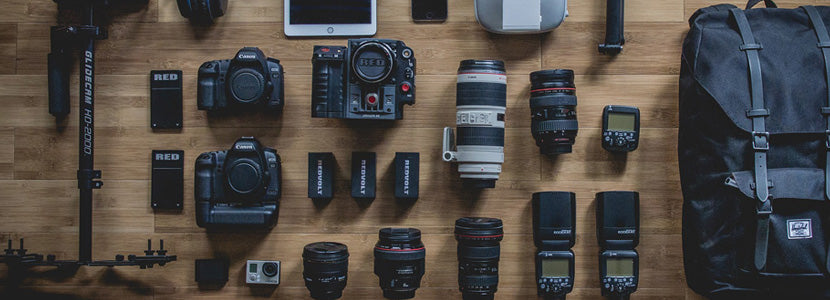
Conclusion: How to Bring Product Photography In-House



